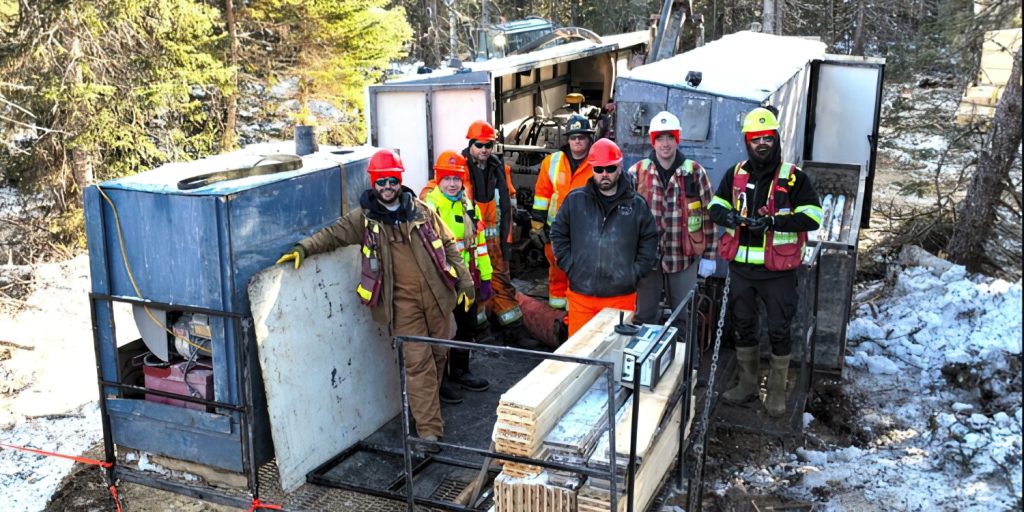Exploits Discovery drills 14.59 g/t gold over one metre at Bullseye, Newfoundland

Exploits Discovery Corp. [NFLD-CSE; NFLDF-OTCQX; 634-FSE] reported assay results from diamond drill holes BE-23-018 and BE-23-020 to BE-23-029 on its 100%-owned Bullseye property located along the Appleton fault zone (AFZ), located approximately 200 metres east of New Found Gold’s recently reported high-grade intercepts at its Everest gold zone in central Newfoundland.
Highlights: BE-23-028 encountered several clusters of quartz veining over approximately 18 metres in core-length as well as localized fault zones with associated sulfide enrichment. Extensive sampling of these zones has generated gold assays up to 14.59 g/t gold.
The results and location of BE-23-028 suggest the potential extension of gold mineralization at Everest as reported by New Found Gold on May 10, 2023.
Select intercepts from BE-23-028 include 4.08 g/t gold over 1.60 metres core-length, located at a vertical depth of approximately 75 metres below surface, including 8.16 g/t gold contribution from a 0.70-metre sample; 4.85 g/t gold over 0.75 metres core-length, located at a vertical depth of approximately 185 metres below surface; and 14.59 g/t gold over 1.00 metres core-length, located at a vertical depth of approximately 186 metres below surface. Mineralization remains open in all directions.
Assay results from 29 of the 30 drill holes have been received and publicly reported to date. Results from drill hole BE-23-030 are pending.
Ken Tylee, vice-president of exploration, commented on hole No. 28: “We are excited to see several clusters of veining up to 18 metres in length hosting locally anomalous gold values reaching 14 g/t. These intercepts suggest that Hole 28 has encountered an extension of the Everest mineralized system announced by our neighbours on May 10, 2023, possibly tracking eastwards into our Bullseye claims. We will be looking to follow up these encouraging results as we plan for our second phase of drilling.”
Visible gold has been noted within 8 drill holes contributing to the locally high-grade intercepts. Several wide intervals of gold mineralization, in the 1.00 to 3.00 g/t range, are linked to quartz veining with elevated sulphide content. Notable sulphide minerals, such as pyrite, arsenopyrite, and boulangerite have been observed within the veins and in the surrounding host rocks. Within the Horseshoe zone, visible gold is found in brecciated and locally annealed vuggy quartz veins, features characteristic of epizonal gold deposits.
Exploits is focused on discovering high-grade structurally hosted epizonal gold similar to New Found Gold’s success along the Appleton Fault zone and parallel structures within the Exploits Subzone.
